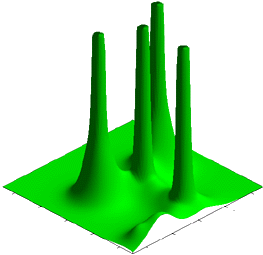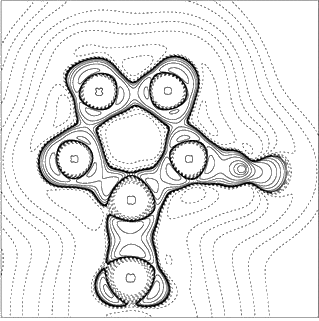


Charge Density Analysis



PAMoC, an acronym for Properties of Atoms in Molecules and Molecular Crystals, is a complete system of programs for the analysis of both experimental and theoretical electron charge density distributions on an equal footing. PAMoC is dedicated to providing easy-to-learn and easy-to-use electron density analysis tools for researchers in such diverse fields as organic and inorganic chemistry, crystallography, pharmacochemistry and biochemistry. It is simple, fast, robust, and accurate. As distinct from other commonly used packages, the emphasis is on providing a tool to extract the biggest amount of information from a given set of experimental or theoretical results with the least effort for the user, so that working with PAMoC is quite easy and exciting even to the unexperienced user. Submitting an Interface Data File (IDF) to PAMoC is the easiest way to get started. The results are presented with a clear, self-explaining, structured and attractive lay-out of the text in the output files. Graphical facilities are also provided.
A unique and unbiased criterion is provided to compare the results of the analysis of an experimental electron density distribution against those obtained by quantum mechanical methods.
Input of experimental and theoretical electron density data with different formats (VALRAY, XD, wavefunction files, 3D grid data). Input of distributed multipoles from other packages (CRYSTAL, GDMA, CIF's, etc.)
Several methods of electron density partitionings (Stewart pseudoatoms, Becke, Bader's QTAIM, Hirshfeld, Mulliken, Stone's nearest-site allocation algorithm, least-squares multipole analysis of 3D grid data)
Topological analysis of scalar fields, using QTAIM concepts. Evaluation of atomic and molecular properties (multipole moments, electrostatic potential, electric field, electric field gradient, nuclear quadrupole coupling constants, etc.)
Estimation of accurate intermolecular interaction energies, including lattice energies of molecular crystals, is afforded through the experimental charge-density approach (ECDA), pioneered by M. A. Spackman (1986).